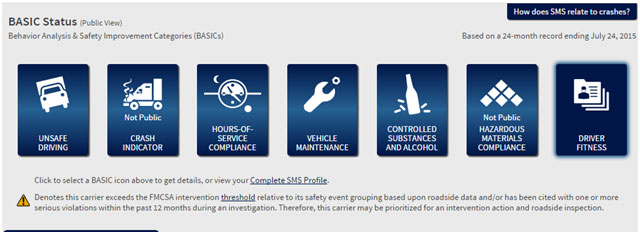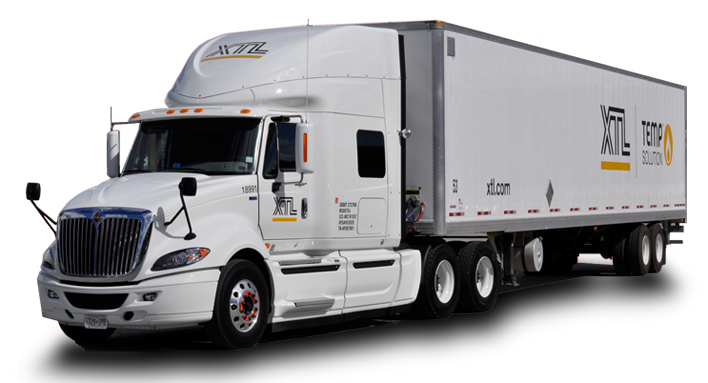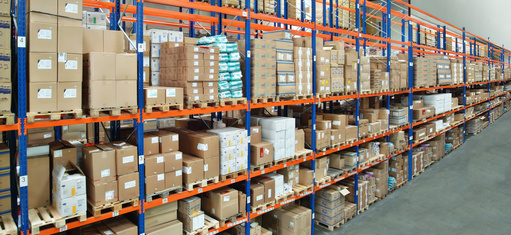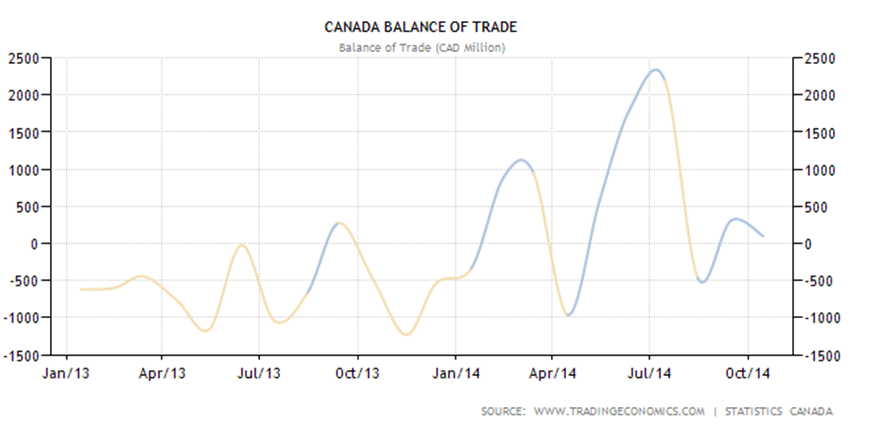 Over the last few winters, Mother Nature has not been particularly kind. Frigid temperatures and huge snow storms caused havoc for many shipper’s and carriers alike. XTL has published some great articles over the last few years about temperature controlled transport and best practices during heat season. Here’s a list of the content we have on our blog as a resource.
Over the last few winters, Mother Nature has not been particularly kind. Frigid temperatures and huge snow storms caused havoc for many shipper’s and carriers alike. XTL has published some great articles over the last few years about temperature controlled transport and best practices during heat season. Here’s a list of the content we have on our blog as a resource.
Extreme Weather Events Impact Logistcs
How to Increase Heated Freight Capacity During Winter
Heated Service vs. Protect From Freeze
Best Practices in Temperature Controlled Transport
“Hot” Tips from our past articles:
- Keep an eye on the weather forecast. Get critical orders or supplies moving before the storm hits.
- Work with your carriers. There are often huge costs incurred when a shipment gets stuck in a storm. Be prepared to share the costs within an ongoing relationship.
- Increase your inventory levels of critical items to ensure you’re not caught short by a big winter storm.
- Ship heated freight and non-heated freight separately. You may be able to get two smaller shipments moving rather than one large one when capacity is tight.
- Consider “no heat” on short runs where your product is unlikely to freeze.
- Consider blanket wraps to get a shipment moving when capacity is tight.
- Understand the difference between “heated” and “protect from freeze” service and how this impacts your shipments.
- Book early during inclement weather. Don’t wait till the last minute.
- Be aware of the risk of freeze in all steps in your supply chain; from loading, during transit and during unloading.
- Get your product off the floor! Make sure liquids are on pallets if possible. Separating contact with the floor will prevent heat transfer.
- Keep product away from the walls. The closer the product is to the walls of the trailer the more likely for heat transfer to occur.
- Put the most freeze sensitive product at the front of the trailer. Especially if it’s an LTL shipment, near the doors gets exposed more to outside temperature.
Other “Hot” Tips for Temperature Controlled Freight
XTL’s TEMPSOLUTION
Just a reminder that XTL specializes in temperature controlled transport. Plus, we’ve got a specially designed TEMPSOLUTION trailers that are specially insulated and have state of the art temperature control units. We saw the need clients have for shipping extremely temperature sensitive products in a safe and controlled manner and responded with our TEMPSOLUTION trailers. Check out our TEMPSOLUTION page for more information, or contact us. We’re here to help.











